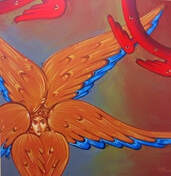|
The entanglement of Marxism and the Russian Orthodox Church reflects a tragic distortion shaped by Russia's complex history and politics. Rooted in a twisted sense of authority and exploitation, this bond harkens back to the fertile soil of czarist culture, where authoritarianism thrives. Now, it has completed a full circle, with the mindset it once nourished now the Kremlin’s church under the simulacrum patriarchate of Cyril Gundyaev. Throughout Russian history, the Russian Orthodox Church has wielded significant influence, strategically positioning itself as a tool for whatever ruling Muscovite Dynasty was in charge. Whether the Princes of the Grand Duchy of Vladimir or Vladimir Putin. This strategic positioning, marked by a series of calculated moves and abuses of ecclesial power, is a stark reminder of its pivotal role in shaping the political and religious landscape, and it is this intrigue we’ll delve into. The journey of the Russian church began with a contentious transfer of the See of Kyiv to Moscow between 1299 and 1325, a move that not only consolidated ecclesial power in the emerging Russian capital but also sparked controversy. In a bold assertion of authority without proper ecclesial consent, it adopted the self-proclaimed and unauthorized title 'Metropolitan of Kyiv and All Russia' in 1448. This trend demonstrates a blatant disregard for canonical law and a lustful pursuit to not only claim primacy but also to be the sole throne of Orthodoxy, free from the Ottoman authority perceived as its adversary. In a further bid to assert its desired dominance, in 1589, the church forcibly annexed the patriarchal title. It was placed fifth in the diptychs, solidifying its perverted autonomy, which it continues to wield unilaterally. The abusive establishment of a self-appointed autocephaly followed this audacious move. It was based on its new Patriarchal title and declaring independence from all external ecclesiastical authority, including canons and proper Orthodox ecclesiology. This reflection on the church's autonomy and power plays is crucial in understanding the contemporary manifestation of the Russo-centric trend under the guise of 'diversity. '
This Russkiy Mir agenda encompassed the Russification and alteration of every facet of Orthodoxy's traditional heritage. Firstly, on its perceived territory, followed by infiltration on Mt Athos, Jerusalem… This included questioning dogmatics, such as labeling Palamas and others as heretics, introducing architectural innovations like St. Basil's Cathedral, adopting neo-classical iconography, replacing Byzantine music and hymnography with Tchaikovsky's compositions, and abusing vestments and liturgical practices (such as allowing mitered priests). The theological and ecclesiastical abuses of the Russkiy Mir are too numerous to detail here fully. This Russo-centric trend, often referred to as the panHeresy of Russkiy Mir, masquerades under the guise of "diversity," appealing to those who prioritize sentimentality and compliance, while dissenters are labeled nonconformists. Through this influence, the Russians have even introduced their version of Uniatism, known colloquially as the "Western Rite," which is only embraced by Russophile satellite churches in ROCOR and some within the Antiochian Church. Though Cyril has conducted many sacraments in the Western fashion, this practice represents another instance of Russian manipulation and canonical abuses deserving further examination. Non-conformity is the greatest pan-heresy for the Moscow Church. Maximus, the Greek of Vatopedi’s ordeal, reflects a track record and well-documented pogrom of Hellenism condemning dissenting voices. This is part of a broader strategy within the Russian Orthodox Church, which is still heavily utilized and employed by Cyril and Putin. During the early years of Soviet rule following the Russian Revolution of 1917, the Soviet government, heavily influenced by Marxist ideology, actively promoted atheism and sought to suppress religion, including the Russian Orthodox Church, despite the closure of churches, persecution of clergy, and restrictions on religious practices, an era known as the "Red Terror," the Russian Church innovated, creating a novel 'restoration synod' that elected a self-proclaimed Patriarch: Tikhon. After Tikhon’s death (1925), the government forbade patriarchal elections. In 1927, Metropolitan Sergius formally expressed the church’s 'loyalty' to the Soviet government and refrained from criticizing the state. Not limited to Russia, the Russian Church’s culpability in the tragic events of the Ukrainian Holodomor, the Russian Orthodox Church finds itself deeply infiltrated and characterized by cooperation and surveillance. This marked a significant shift in the church's stance as it systematically absorbed the KGB in its ranks, and this antiquated and incestuous church/state Russkiy Mir mentality has flourished. During World War II, the Soviet government under Joseph Stalin sought to further co-opt the Russian Orthodox Church as a means of bolstering national unity and morale in the face of the Nazi invasion. The government allowed the church a degree of freedom in exchange for supporting the war effort. This period marked a temporary relaxation of the state's hostility toward religion. Following Stalin's death in 1953, tensions gradually relaxed between the church and the state, as the Soviet government retained firm control over all religious affairs and infiltrated every aspect of this new tool of the state. Suspicion permeated society, uncertain about who might act as informants for the government, spanning from monastics and clergy to the hierarchy, amidst tales of confessional abuses and mysterious dissident disappearances. The reach of this infiltration extended well beyond Russia. In the 1960s, the Metropolia in America faced internal divisions, with factions split between those aligned with Russian interests and those supporting American values. As a result, it broke away from the Moscow Patriarchate, arrogantly perhaps forming the Orthodox Church in America (OCA), disregarding the other various jurisdictions. This move displayed defiance and nonconformity, fueled by the understanding that the Moscow Patriarchate lacked the Russian military backing to enforce obedience in the American Metropolia. In a calculated diplomatic move perceived to curb the Ecumenical Patriarch's influence, the Moscow Patriarchate capitulated and unilaterally granted autocephaly to the former Metropolia, now called OCA. Moscow betrayed Orthodox canons once again in a very protestant paradigm. With the collapse of the Soviet Union in 1991, there was a resurgence of religious activity in Russia, including within the Russian Orthodox Church. However, the legacy of Soviet-era repression still lingers, and the relationship between the church and the state remains complex. Despite appearing to have religious autonomy, the church has long been influenced by state interests. It serves as a key propaganda tool for Putin domestically, with the government's perceived repentance manifested in the rebuilding of churches destroyed by the Communists. While experiencing a revival in cultural influence, it also encounters challenges from sectors of society that rightly maintain skepticism about its relationship with the state. The image depicts the union of the Soviet Communist Party and the state under Leonid Brezhnev alongside hierarchs of the Russian Orthodox Church of Moscow, including then-Metropolitan Alexy II and Metropolitan Pimen. This historical alliance is echoed in contemporary times with figures like Putin, Alexy, and Alexy's protégé, the current simulacrum patriarch, Cyril. This complex interplay continues to unfold today, with the Moscow Patriarchate under Patriarch Cyril. Here is a short list of clergy recently defrocked by Patriarch Cyril for nonconformity:
Understanding the historical context of how Marxist ideas infiltrated the Russian Orthodox Christian paradigm and continue to influence the Moscow-based church is crucial. This involves interpreting Russian theology and practices through the lens of Marxist analysis, which focuses on class struggle, materialism, and the critique of capitalism. Here are some ways in which Marxist ideas have infiltrated Russian Orthodoxy:
Orthodox Christianity outright rejects Russkiy Mir's Marxist ideology, viewing it as incompatible with our Orthodox faith. At the same time, the Moscow Patriarchate embraces Marxist Orthodoxy as a means of promulgating manufactured injustices in light of its nationalistic convictions. This tension between the two traditions underscores the complexity of modern Orthodoxy. If you're a Russian sycophant, my authoritative and convincing paper probably didn't change your perspective. However, you cannot deny being presented with the undeniable facts concerning Russkiy Mir and Patriarch Cyril's persistent abuses against Orthodoxy and human dignity. Conversely, if my arguments have swayed you, you now hold the essential insights necessary to confront the misinformation perpetuated as Orthodox ecclesiology.
Mixalis
5/17/2024 09:34:33 am
Russian Orthodoxy is very toxic.......they practice a form of orthodoxy that is repressive that restrains everyone's personal freedom, restrains the intellectual capacity of everyone in the MP.......basically you're not allowed to express yourselves just be zombies following a blood thirsty war mongering patriarch kirill.
Mixalis
5/17/2024 09:40:14 am
I forgot to mention........hardly anyone attends church in Russia yet they build gigantic churches to honour themselves rather than honouring God.
Δόκιμος Μοναχὸς Ἀπόστολος
7/3/2024 11:19:08 pm
A fascinating read! A solid article with stunning details and sound argumentation - I'll be sure to re-read it once more to digest it better. Comments are closed.
|
Most Popular Posts
Archives
October 2024
Categories
All
Αγιογράφος
Ηλίας Δαμιανάκης Άρχων Μαΐστωρ της Μεγάλης του Χριστού Εκκλησίας AuthorBy the Grace of God Archon Elias Damianakis has ministered in the study of Holy Iconography since 1980. In his biography you can read about Elias' life and on his portfolio page you can see where he has rendered some of his hand painted iconography or visit the photo galleries to see some of his work. There is a complete list of featured articles, awards and testimonials which you can visit, as well as a list of notable achievements here below. Please contact Elias for more information or suggestions for this website, thank you and God Bless. |
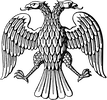
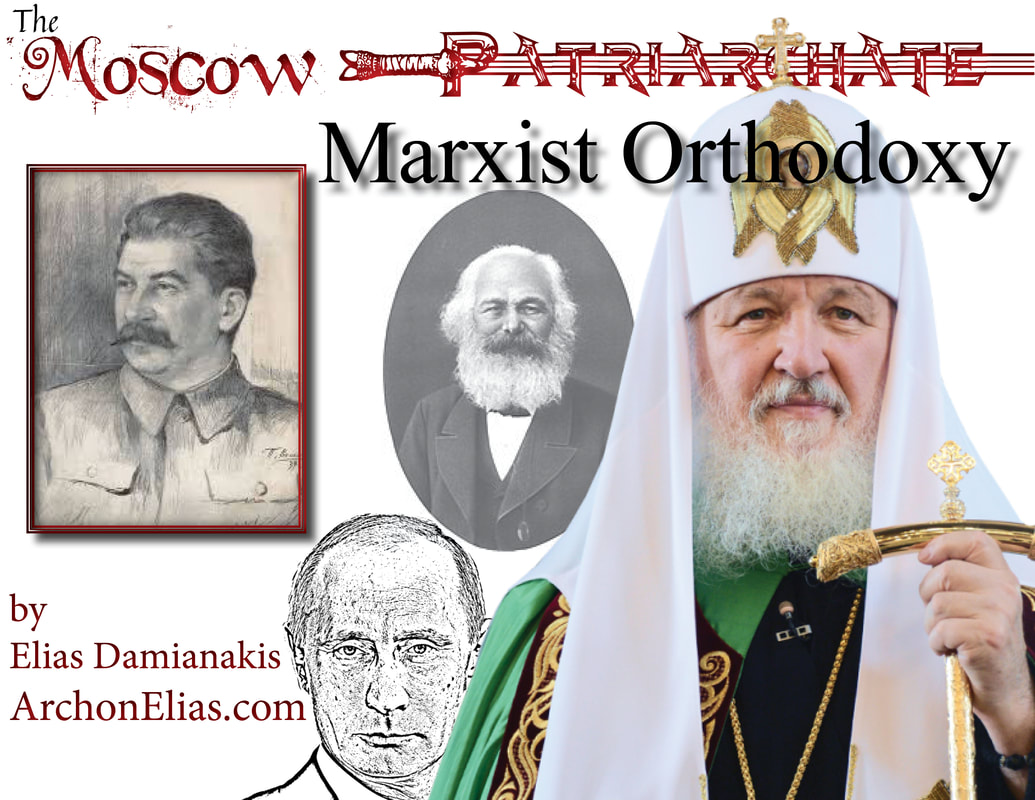


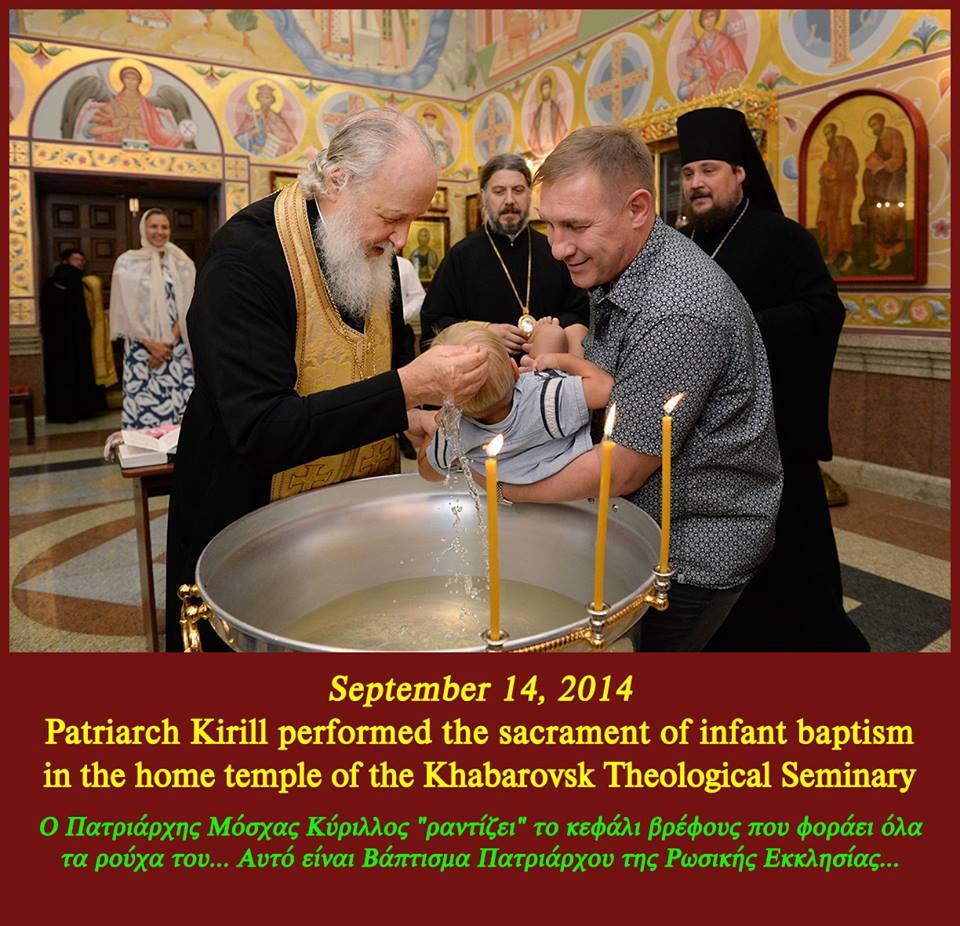

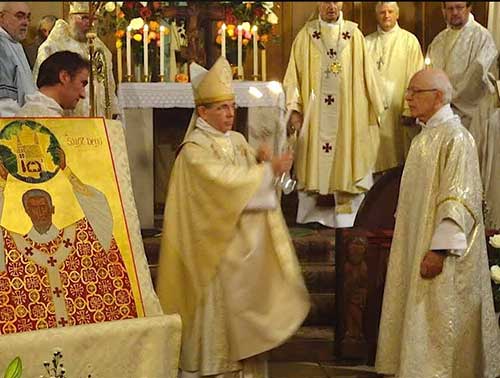
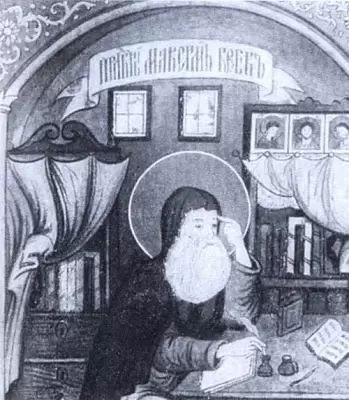




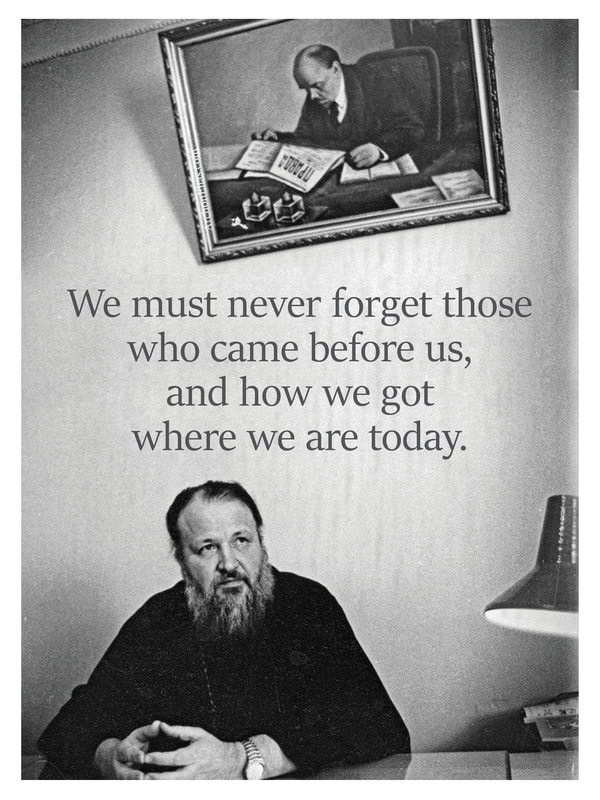
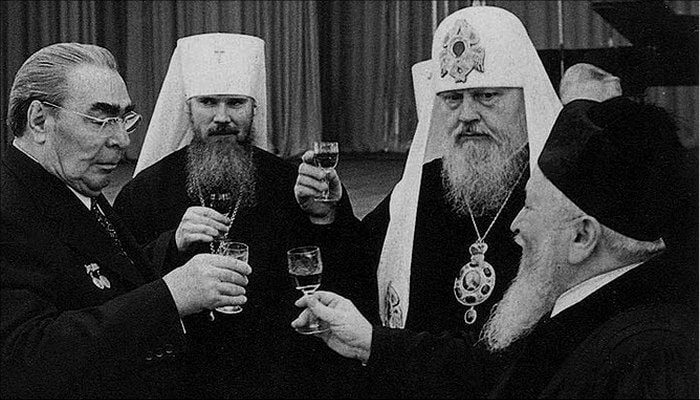
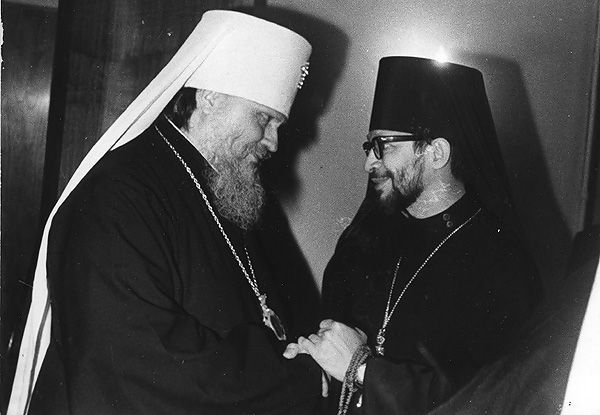




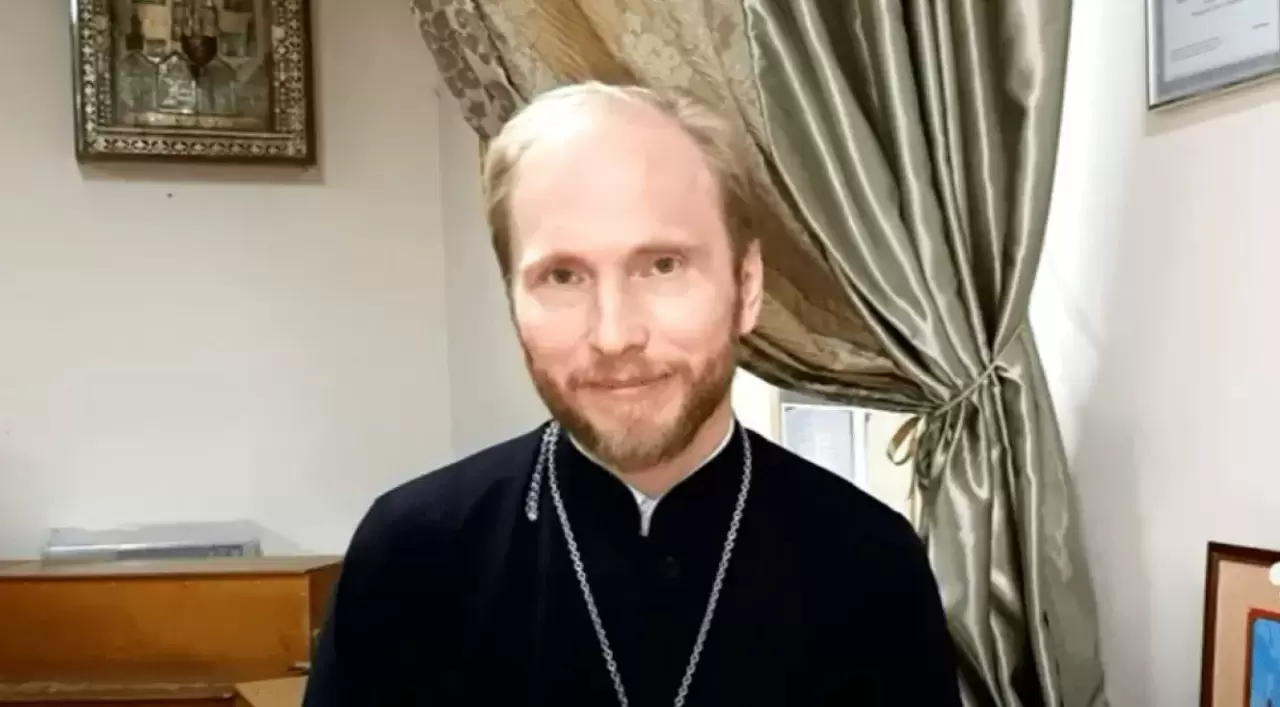

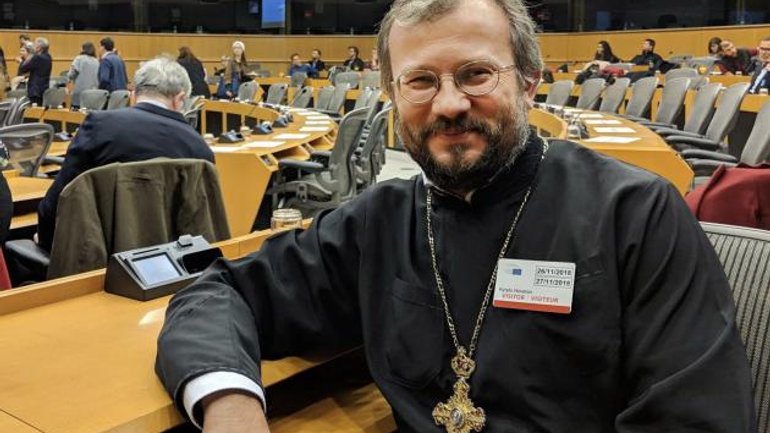
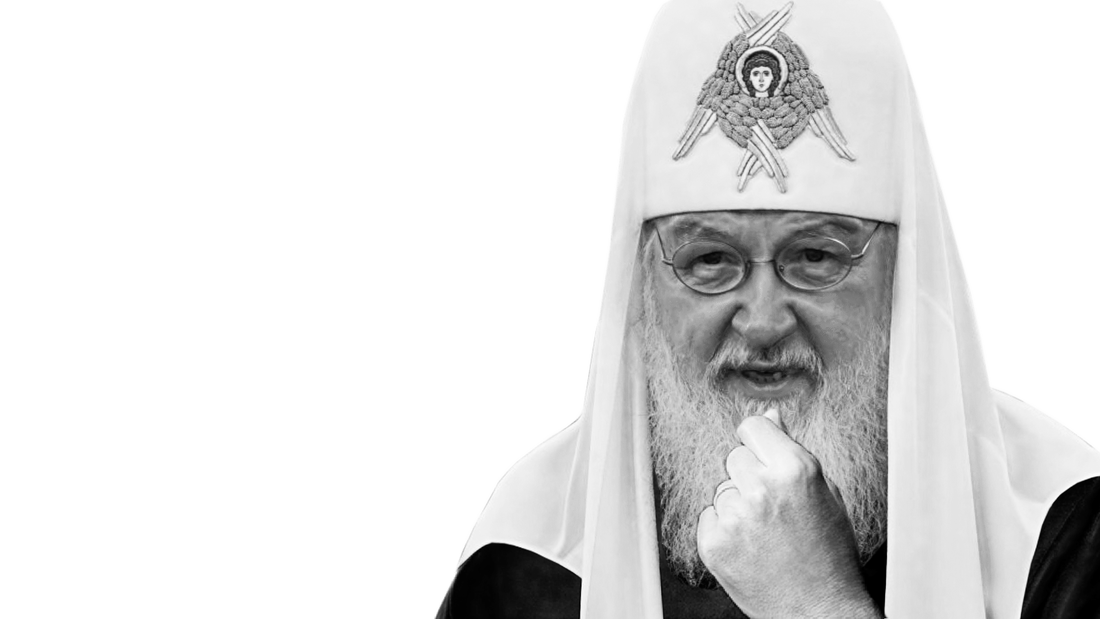
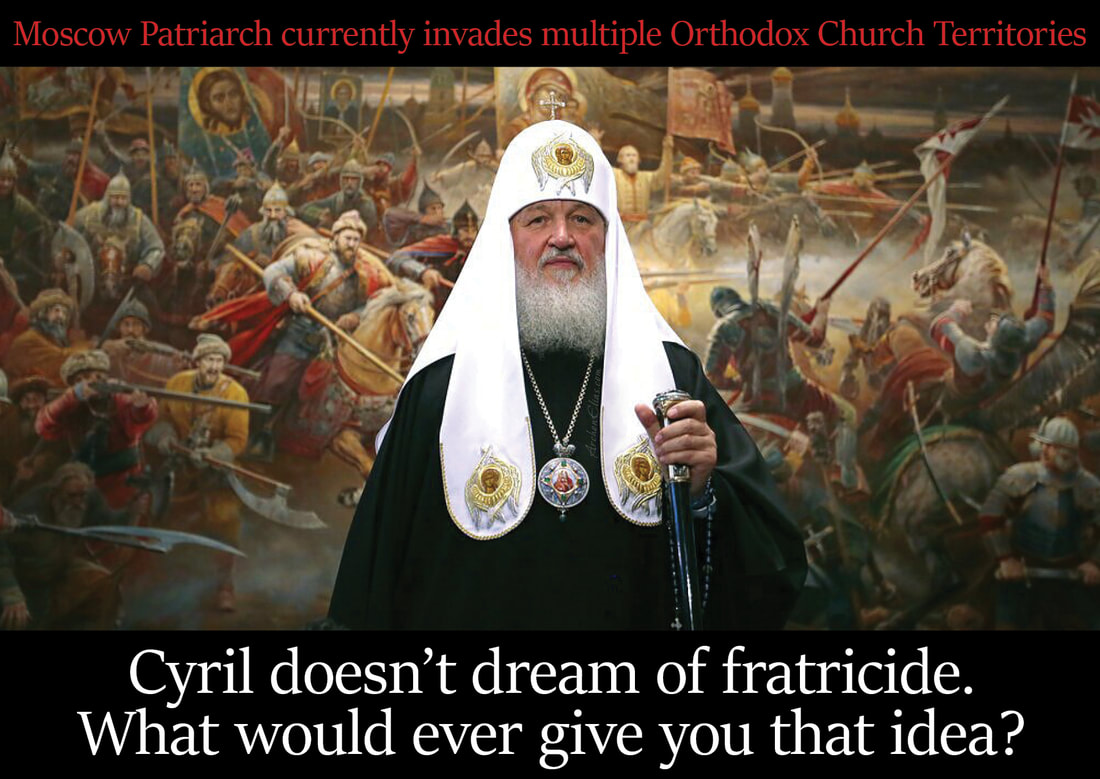
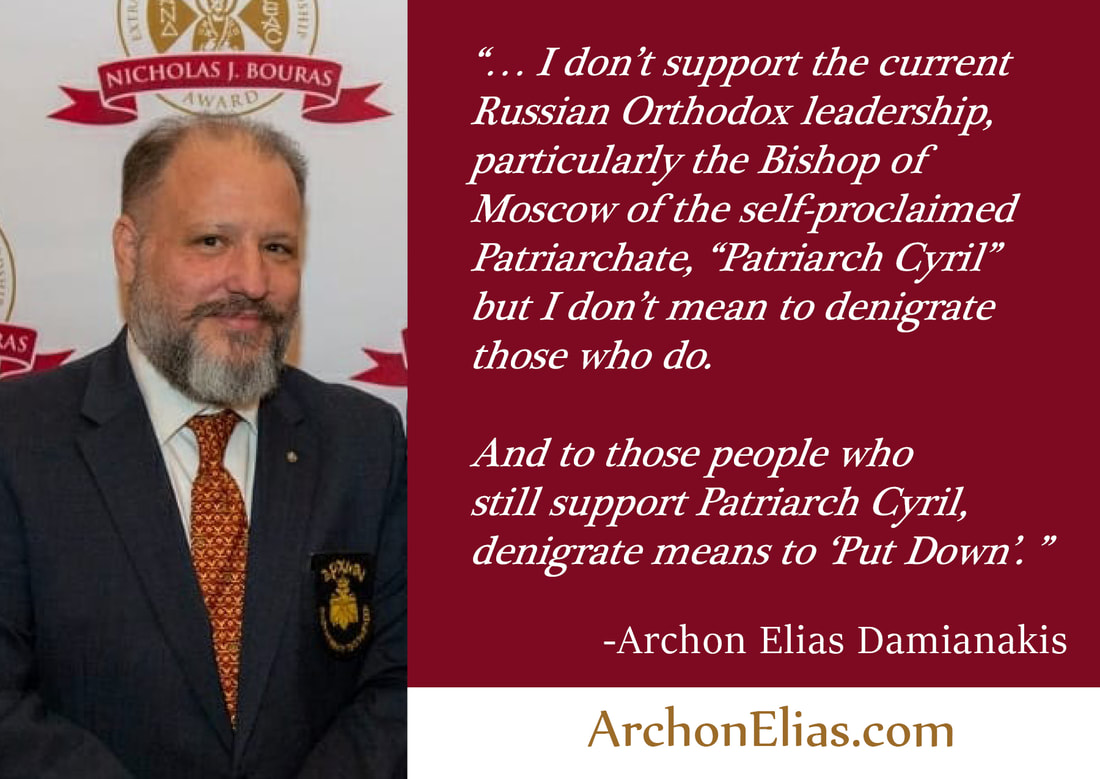
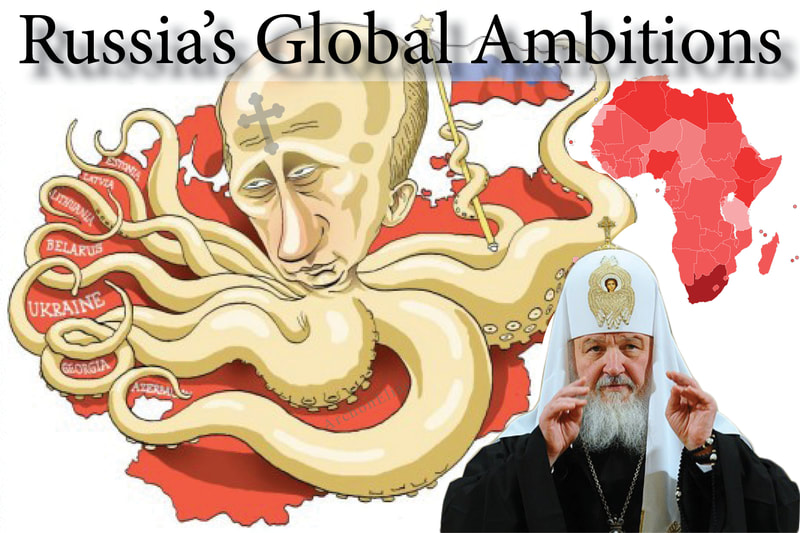
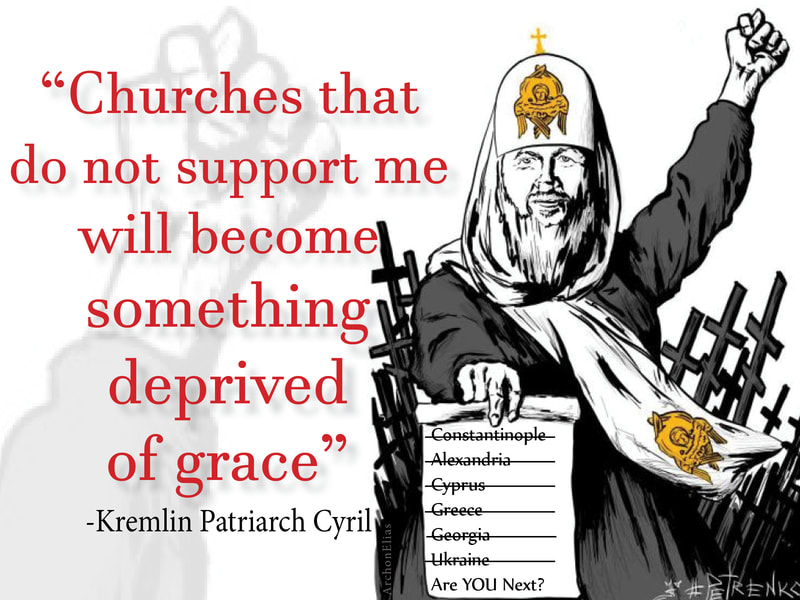

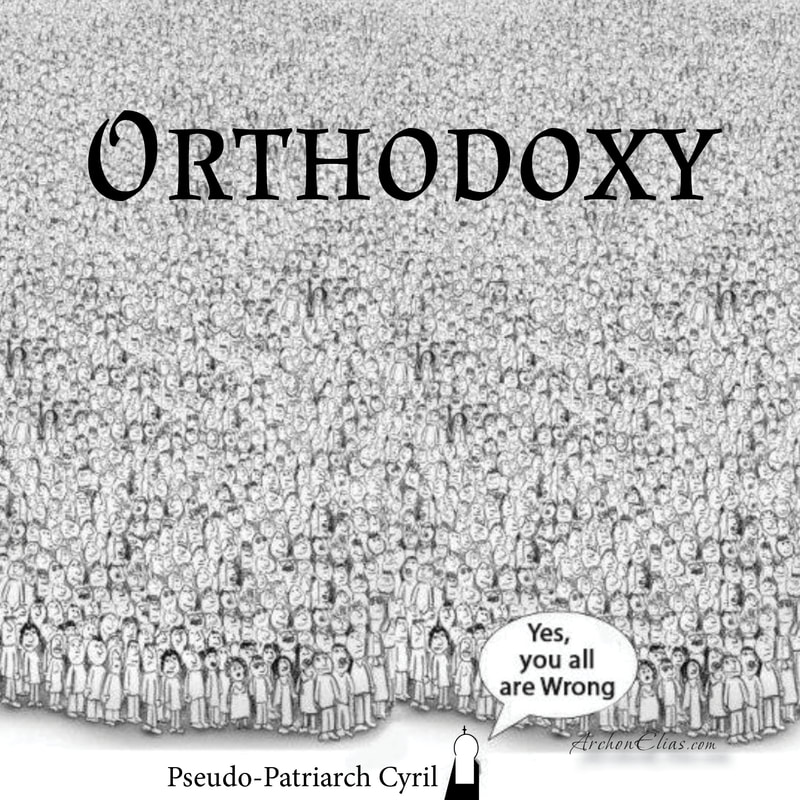




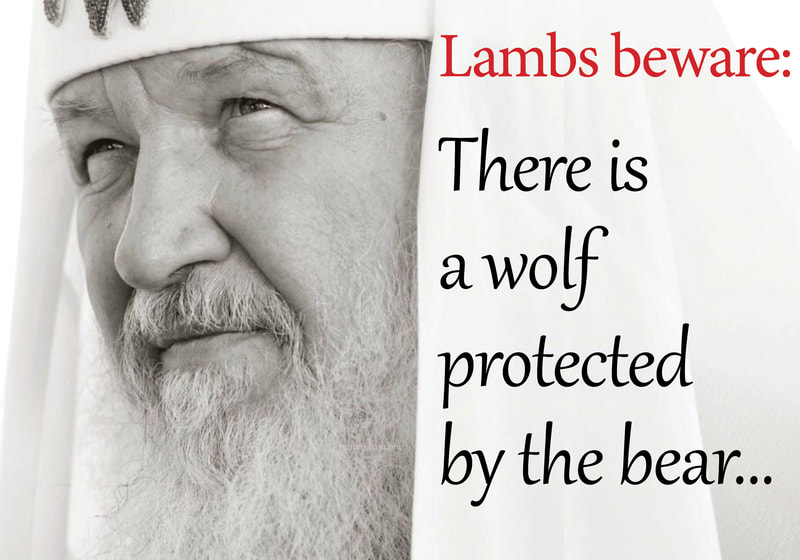
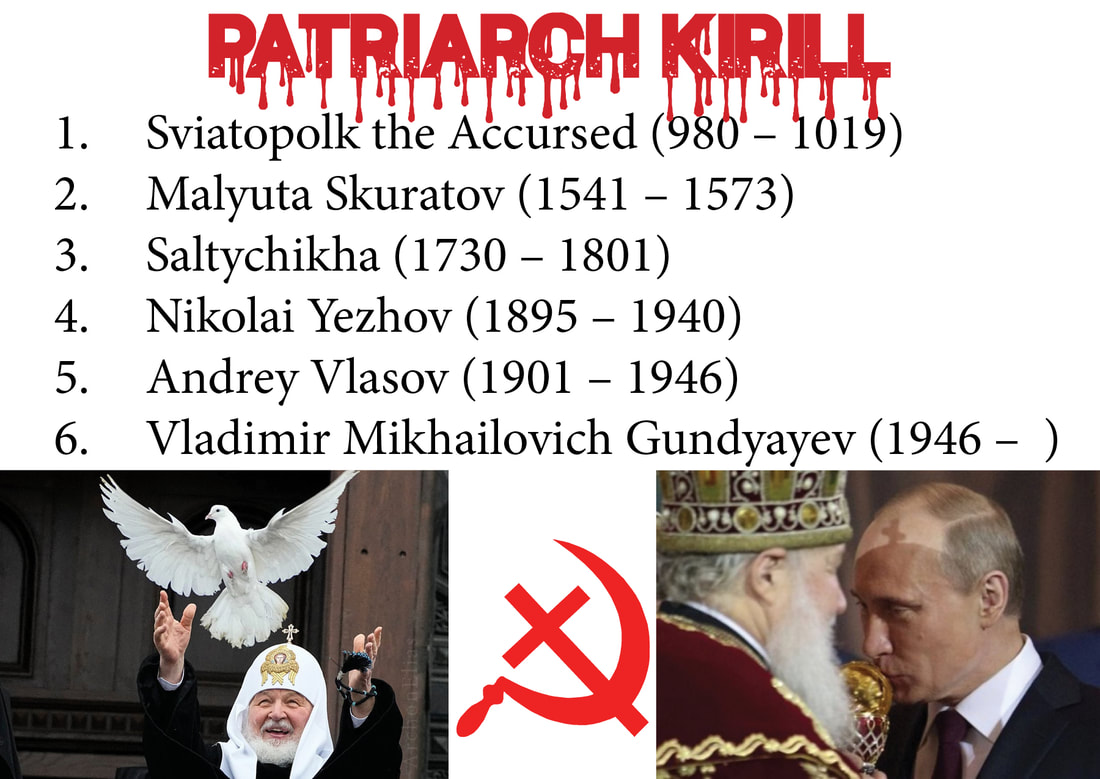

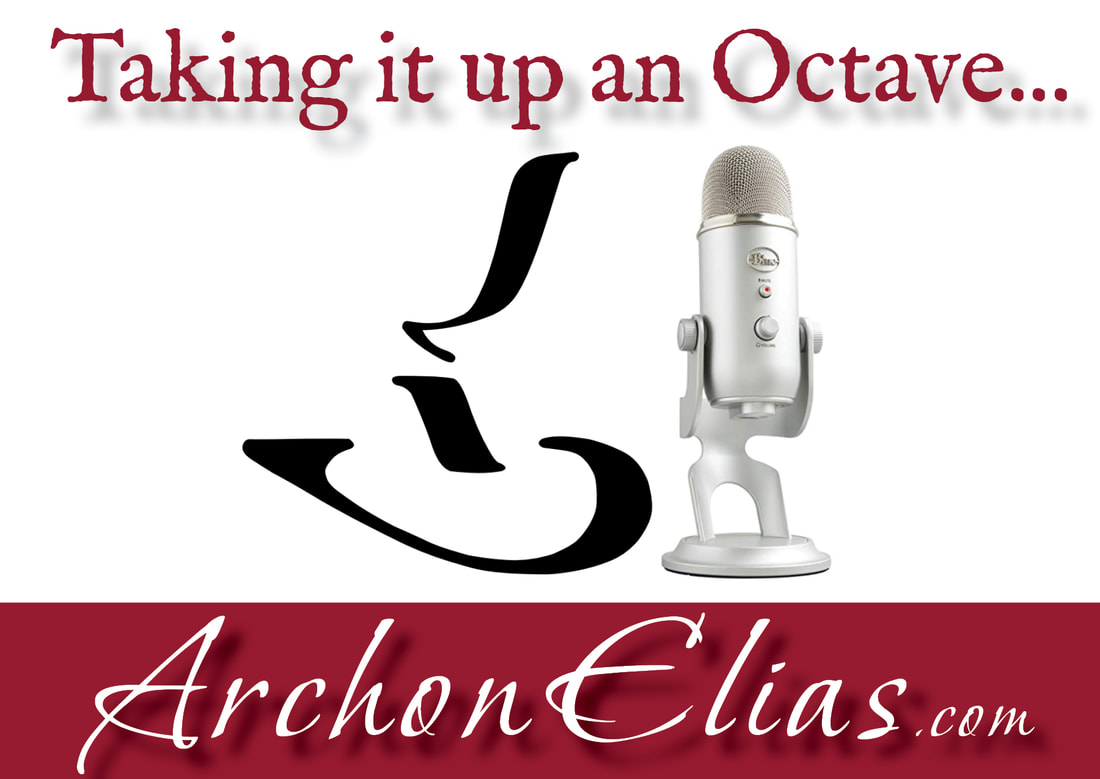
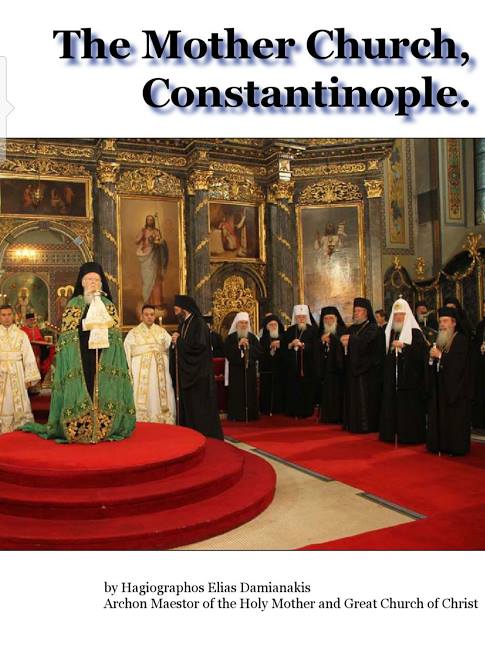


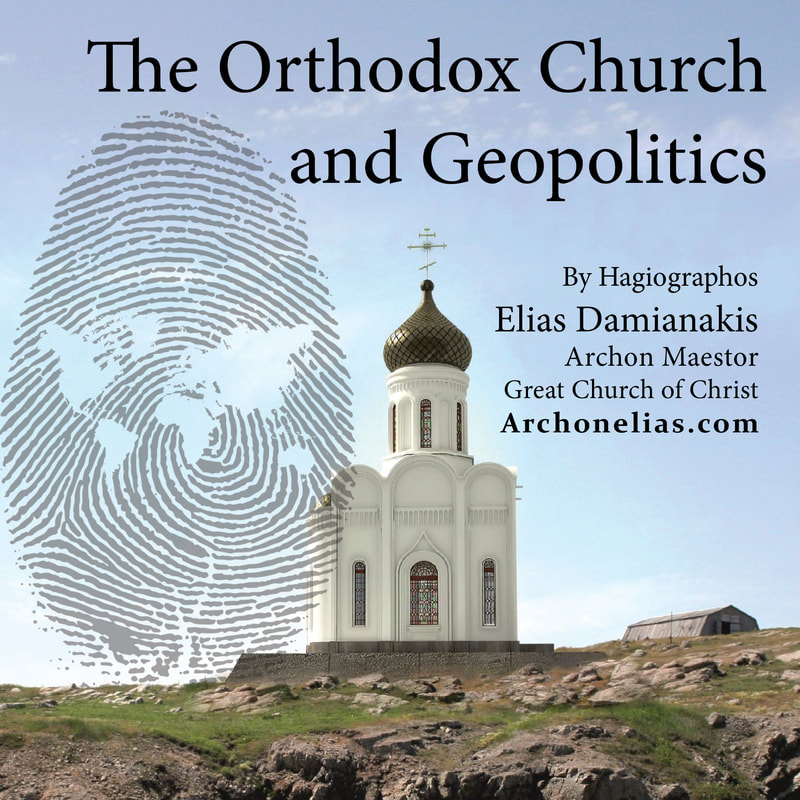
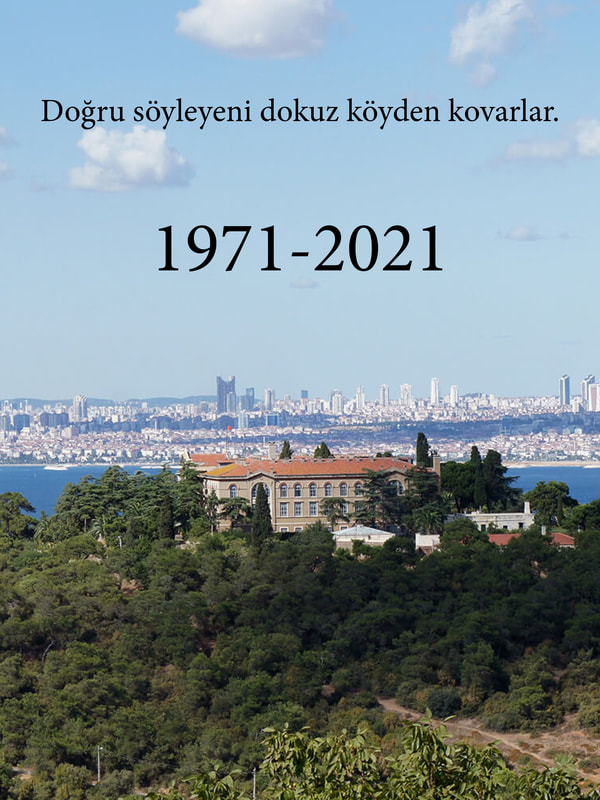
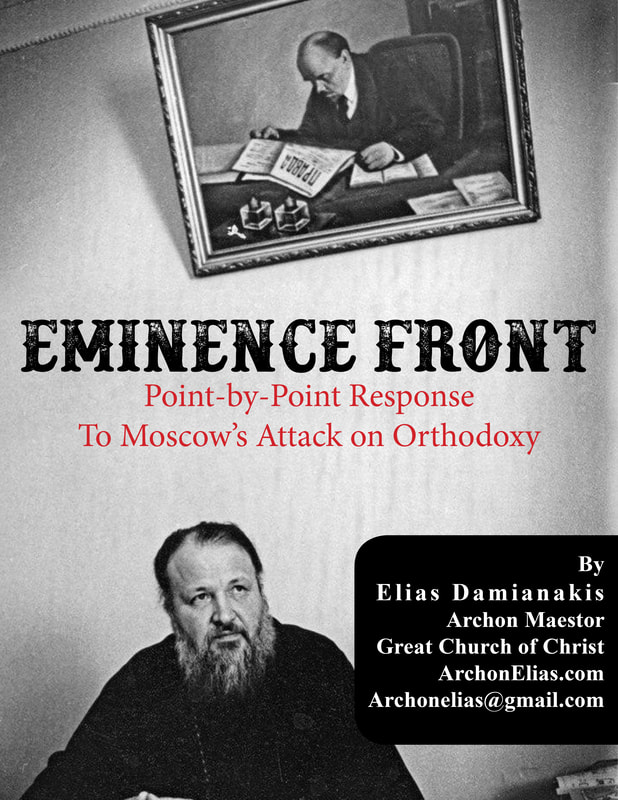

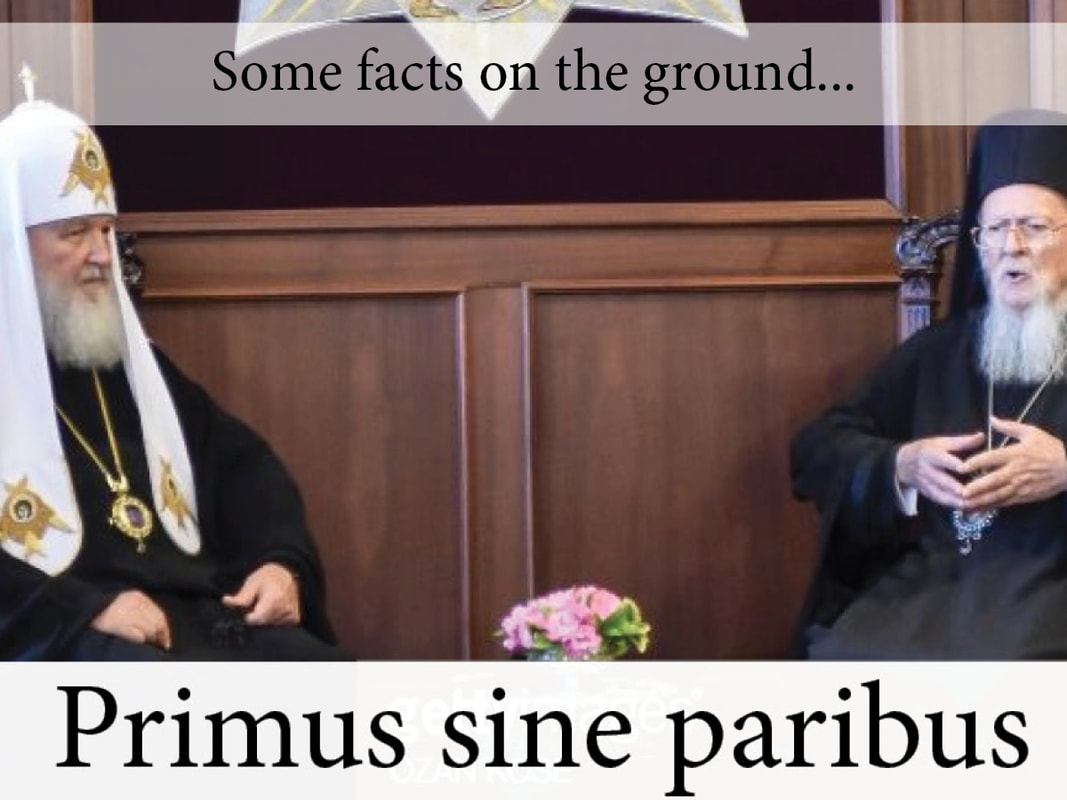
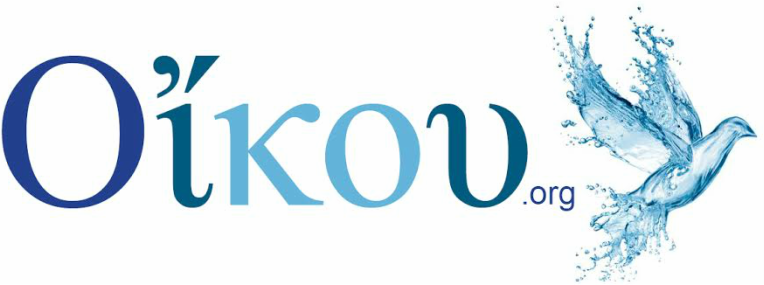
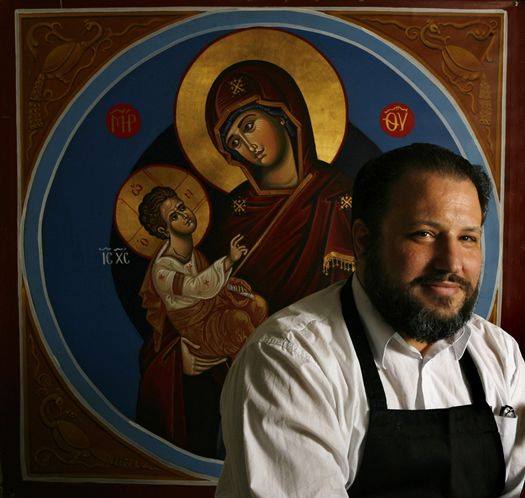

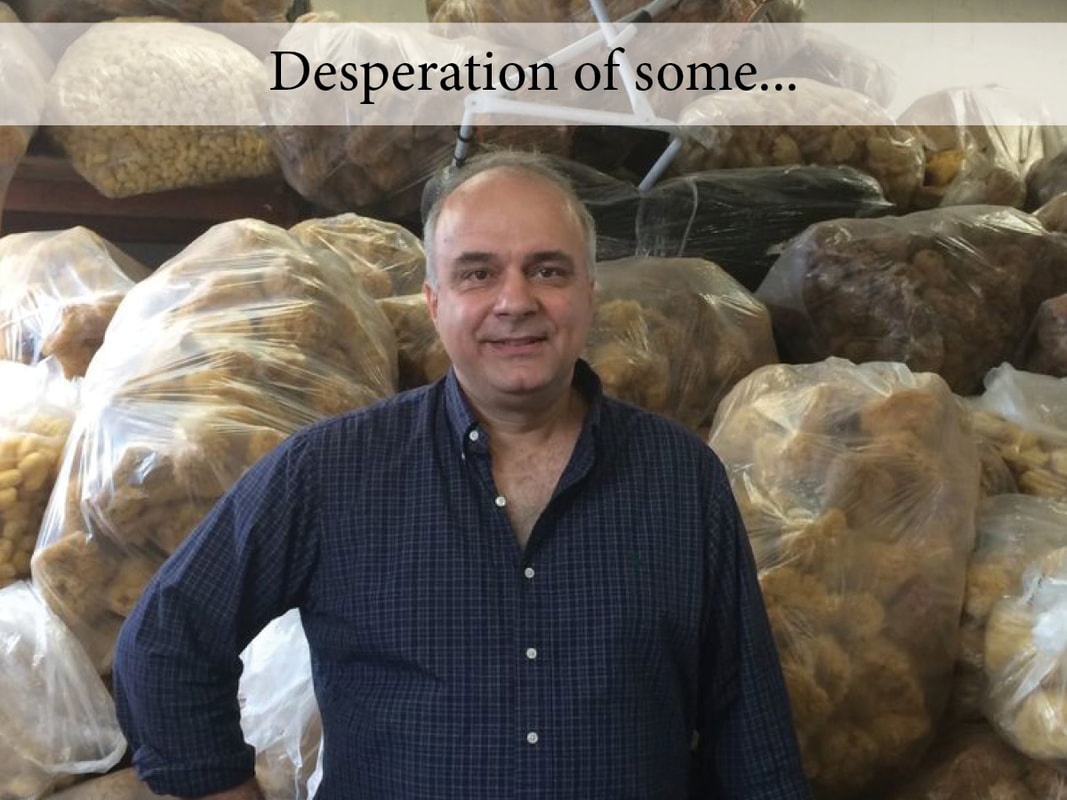
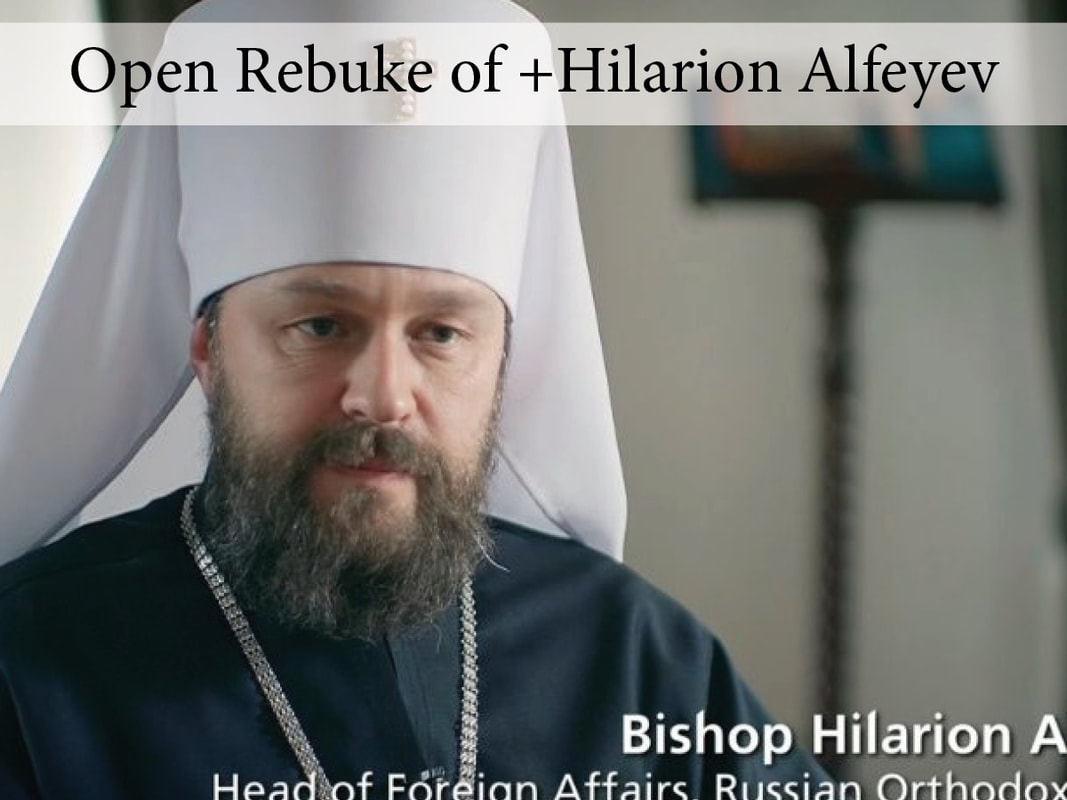
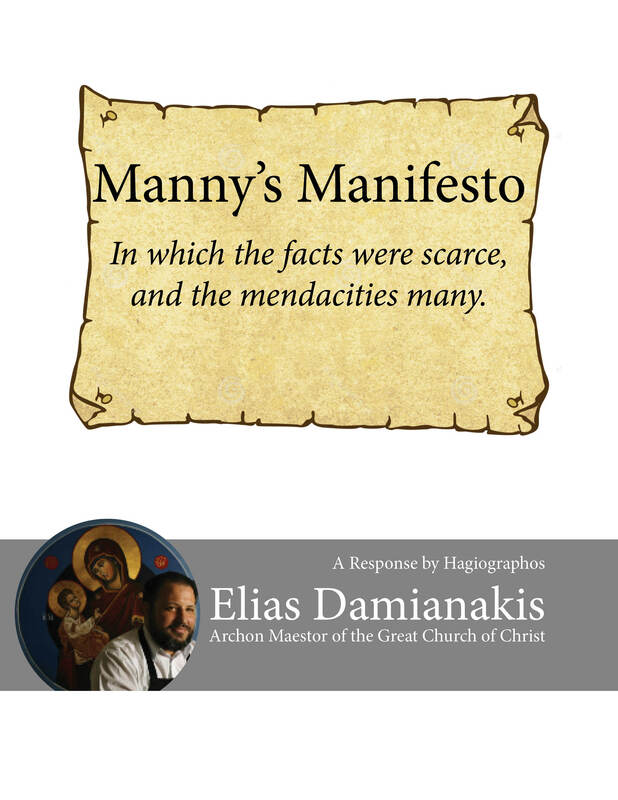
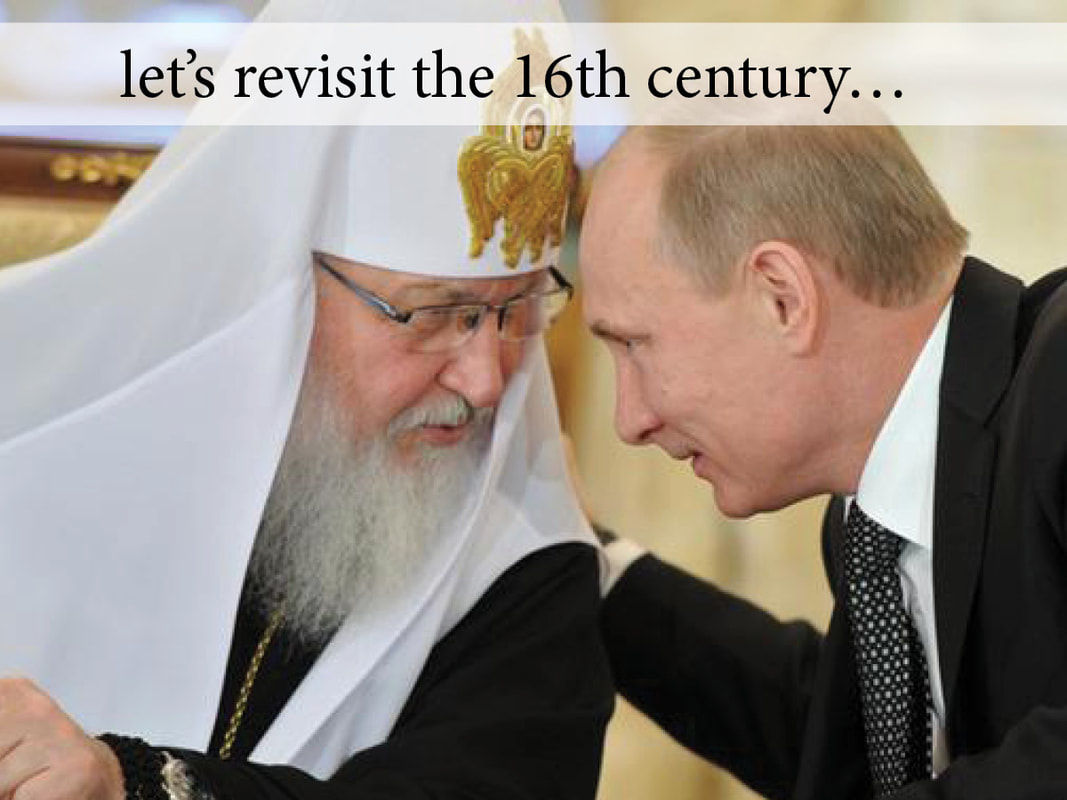

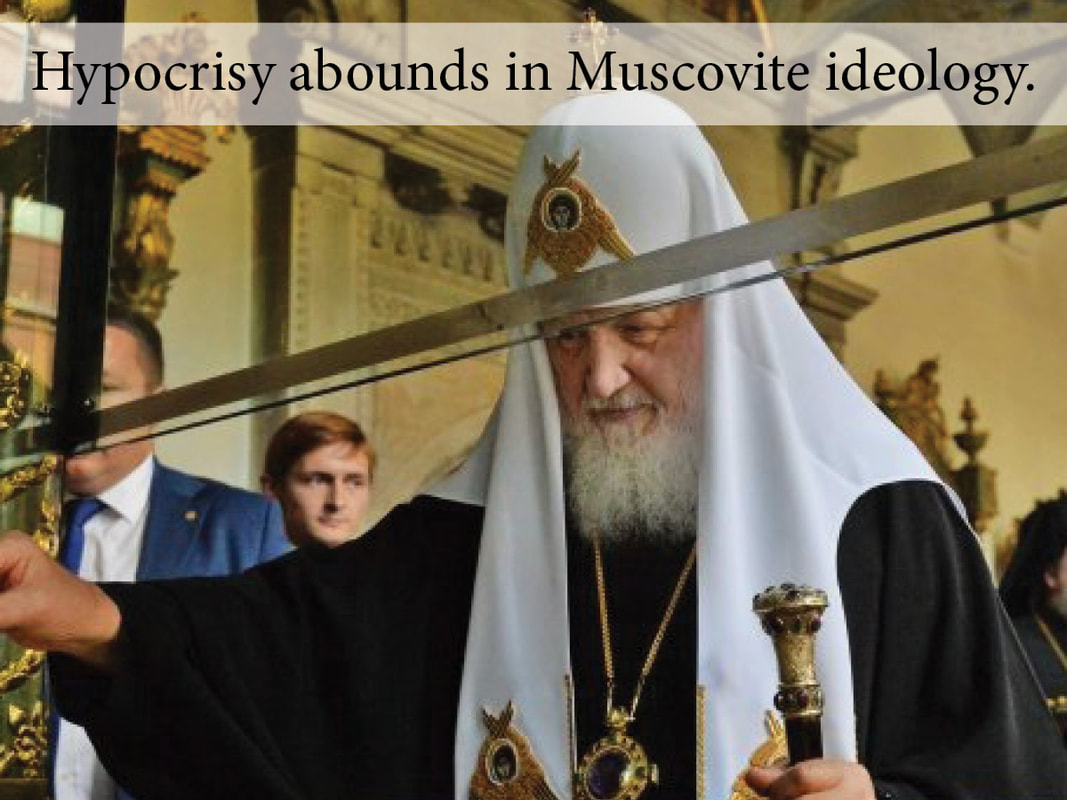
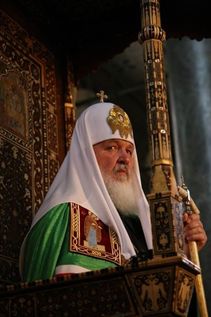
 RSS Feed
RSS Feed
